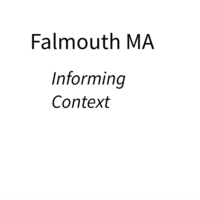The second image I selected for the History of Tomato Soup is another constructed image. In this case the image is exploring our relationship with food and how something that one person might like or enjoy can be transformed into an addiction. Th design of the set for this image is based on traditional food advertisements where the ingredients are shown in the foreground with the end product also present in the image yet positioned in the distance to indicate it is the end result of a process. However to communicate the addictive relationship I have replaced the ingredients with a series of icons that represent the everyday items that might be used by a drug addict; the rolled up £20 pound note, the credit card and a spoon. The enhance the drug iconography the contents of the pack soup has been arranged like lines of cocaine. All of the elements add to the authenticity of the scene. (Batchen, 2002, p.139) commented ‘Photography’s plausibility has always rested on the uniqueness of its indexical relation to the world it images, a relation that is regarded as fundamental to its operation as a system of representation. For this reason, a photography of something has long been held to be a proof of that thing’s being, even if not of it’s truth’
I decided to add text under the image similar to advertisement to further position this image with a food advert context. The text used is part of Heinz own marketing slogan which enhances our familiarity and might cause the causal observer to associate this with any other Heinz soup advertisement.
Footnote: The image was light with two lights a softbox to viewer left and a snoot above to focus on the tomato soup powder. On reflection there are elements of that could have been executed better. A larger table would have allow the object to be place further away from the edge preventing light from hitting the edge of the table. Position spoon differently or use of a flag would have allowed me to remove the reflect present in the spoon which I find distracting.
Batchen, Geoffrey (2002) Each Wild Idea: Writing, Photography, History Cambridge, MIT Press




Pingback: Speaking Photographically – Reflection